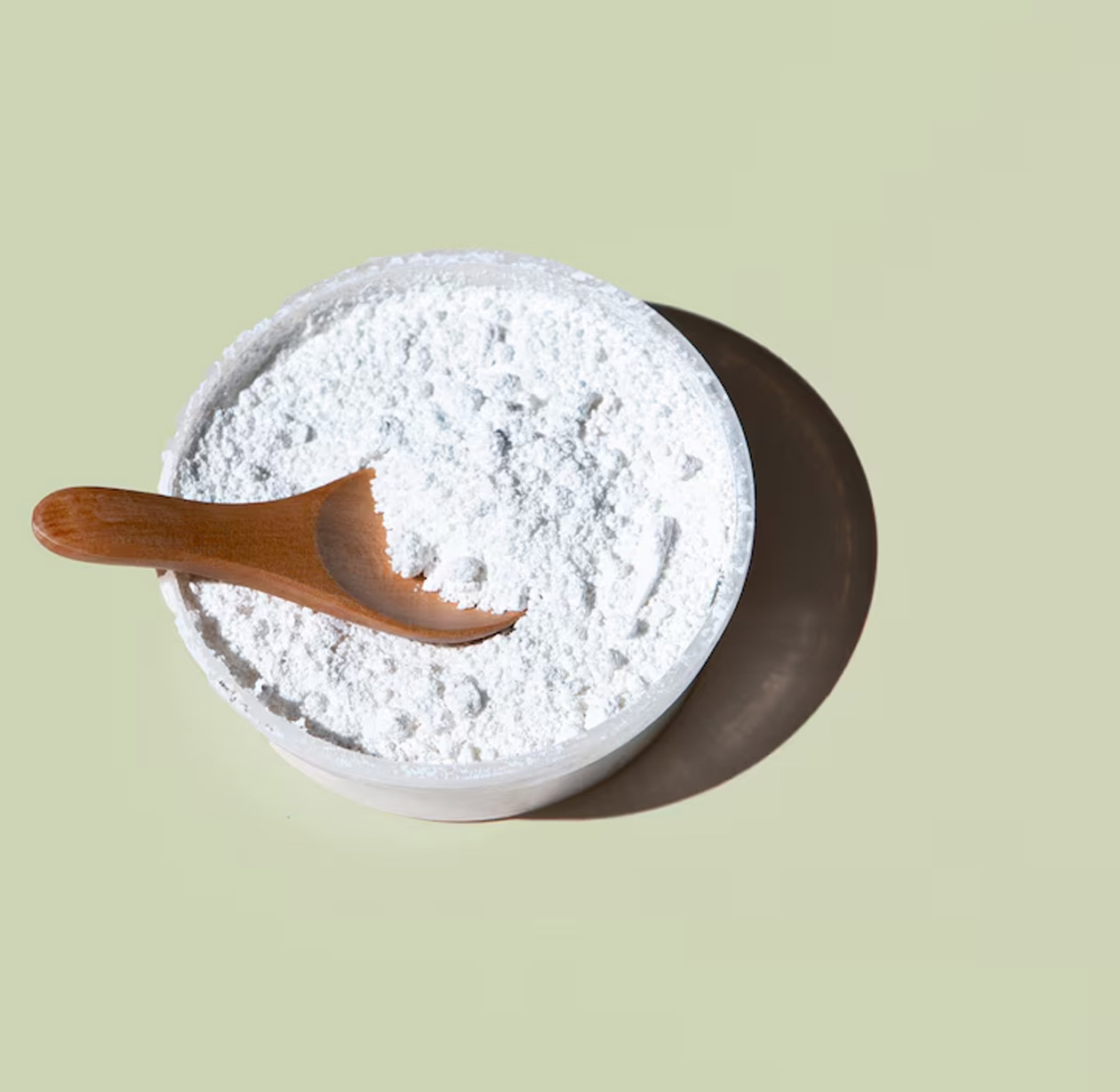
Excipients influence drug stability, bioavailability, and patient safety. Excipients are expected by regulatory agencies to receive the same scrutiny as APIs. Skipping thorough manufacturer evaluation can cause batch failures, product recalls, and regulatory penalties.
Procurement teams often prioritize cost and lead time over quality signals, which increases risk. Thorough vetting reduces supply disruptions and protects patients and brand reputation. Pharma-focused marketplaces like ChemDmart improve sourcing transparency and speed supplier qualification.
They centralize certifications, lot-level traceability, and RFQ workflows so formulators can qualify suppliers faster. Use this guide to build a practical vetting process that minimizes regulatory risk and ensures consistent excipient performance.
When sourcing pharma ingredients and raw materials, one of the most complex one excipients. Sourcing excipients comes with a range of hidden risks that have the potential to disrupt your formulations and even create regulatory tensions.
Let’s have a look at the key challenges faced by companies when sourcing excipient manufacturers:
Excipients manufacturers are not easily found, the supply is concentrated on just a few countries. Even one plant shutting down can cause a huge threat to global supply.
This can lead to sudden shortage, reformulations will be forced or even delay in launches. To mitigate this risk, it is advised to diversify your suppliers across different regions, and always keep critical safety stock.
Most of the claims suppliers make are self-reported, and it becomes very hard to verify their credibility remotely. Most of the times important documents such as GMP records, DMFs and audit reports are missing.
Missing documents and false documents can lead to fails in regulatory inspections and even rejected batches. Therefore, it is always advised to ask for COAs, MSDs, audit summaries before making any purchase.
This one is on the buyers. Most of the buyers go for bids with the lowest price. Lower prices often come with hefty trade-offs such as product failures and recalls.
If you also consider lowest prices first, then be ready for variability in API-excipient performance and stability failures. Always evaluate total cost of ownership and make sure your priorities are reproducibility metrics, not price.
Counterfeit products and substituted excipients are one of the most critical threat in the pharmaceutical industry. The biggest problem is that they enter legitimate supply chains without notice. This occurs because of lack of provenance tools.
Counterfeit products put patient safety at huge risk. Recalls made because of this can even damage your brand’s image, which is irreversible in most cases. To avoid this, make sure that you ask for chain-of-custody records, vendor history and ensure lot-level traceability.
Focus on predictable supply, verified quality, and clear paperwork. These three guardrails reduce formulation risk and keep regulatory issues at bay.
Now that we have understood how important it is to vet excipient manufacturers. Here is a clear checklist that will not only save your time, but will also help you in preventing costly mistakes.
Marketplaces like ChemDmart remove many manual steps from excipient sourcing.They are designed around pharma procurement workflows, not general commerce.
In short, ChemDmart centralizes verification, traceability, and commercial intelligence.
That combination turns a slow, risky process into a predictable sourcing workflow.
Excipient vetting is as important as API sourcing; neglect can trigger stability failures, regulatory setbacks, and costly recalls. Supplier selection and validation should be guided by innovation, sustainability, and regulatory vigilance.
ChemDmart connects buyers to vetted excipient manufacturers, offering lot-level traceability, one-click RFQs, and detailed company profiles.
Explore ChemDmart to secure compliant, reliable excipient supply and reduce sourcing risk.
